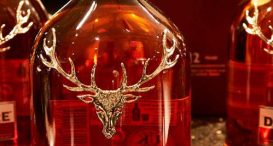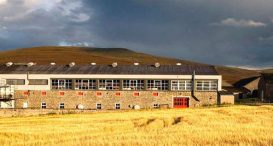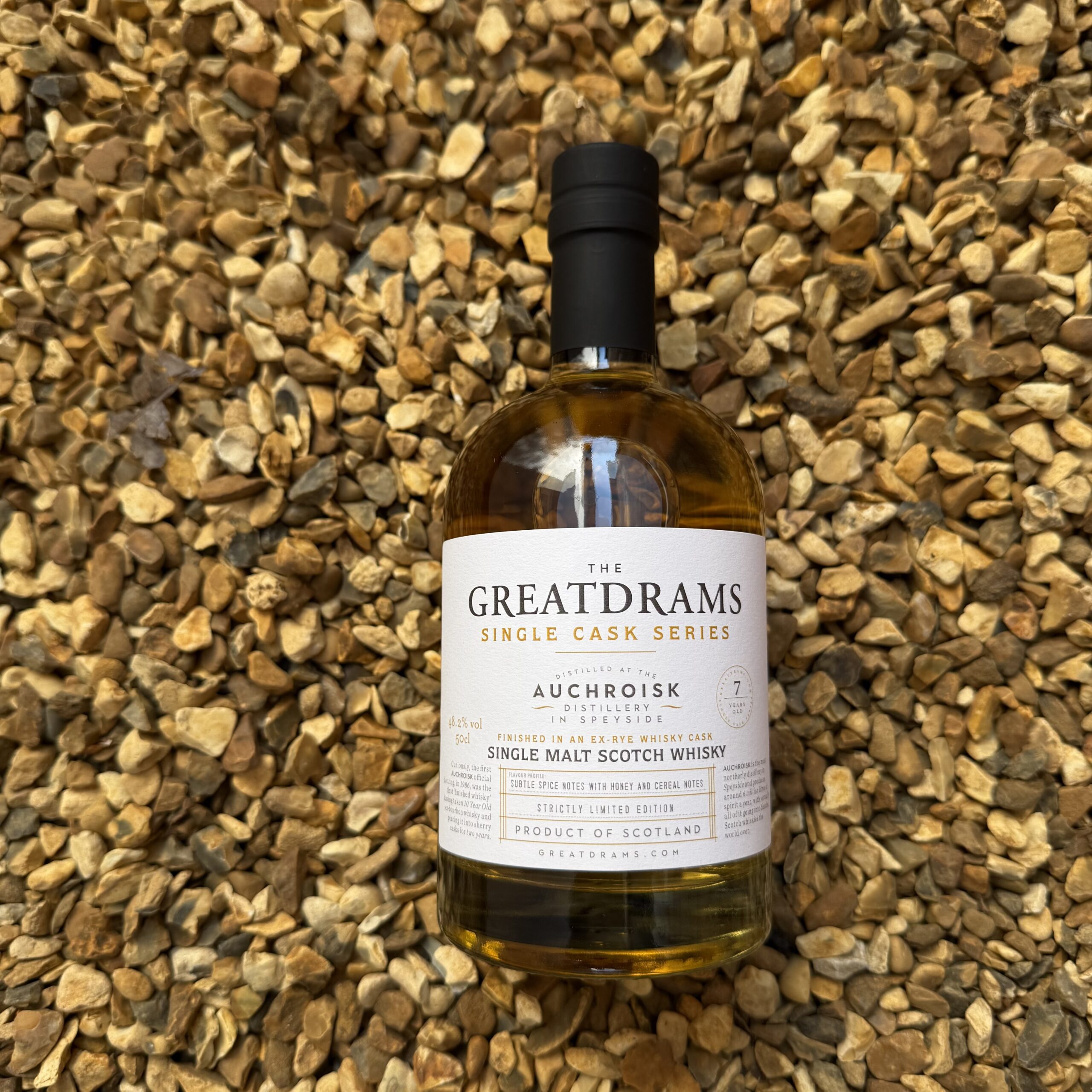Focus on the whisky process: Yeast
let’s begin
Yeast is one of the main and most important components of Whisky. It is added to convert sugars produced during fermentation into alcohol and effects the flavour overall flavour of the final product.
It produce three different by-products that effect flavour: Diacetyls that produce a “woody” taste, esters that result in a fruity taste, and phenols that can have a spicy or medicinal flavour.
There are several different strains of yeast used in whisky production and each brings a different flavour profile to the liquid.
The strain most popular in Whisky production is S.cerevisiae, which is often used with a secondary strain.
Distiller’s look for a yeast that does not reproduce by spores, as this can lead to inconsistency within the wash. This means that the yeasts used in Whisky distillation almost solely reproduce by budding.
Yeast that reproduces through budding is less likely to be prone to genetic mutations that would kill them off, and that is why they produce a more consistent liquid.
Distiller’s yeast also has some key properties that make it perfect for fermentation. These properties include sugar utilization,flocculation, ability to work in high sugar concentrations, attenuation, tolerance of alcohol, temperature and various killer factors.
Yeast qualities such as ability to work in high sugar concentrations and tolerance to alcohol, temperature and various killer factors are vital as this means fermentation can continue uninterrupted for as long as the distiller sees fit.
Flocculation is the process of yeast clumping together. If a yeast is a high flocculator then it will clump at some point between 3-5 days.
This can cause problems in fermentation as it causes low attenuation, which means some sugars will not be converted into alcohol.
That is why distillers prefer to go for yeast that is a low-floculator. This ensures that maximum fermentation can be achieved, leading to a high alcohol production.
Low-floculators also cause less residue build up. Residue from high flocculating yeast can stick to cols and still sides, leaving an unpleasant burnt taste in the liquid.
Another major aspect of how yeast affects flavour is dependent on fermentation temperature.
Yeast produces heat during the fermentation process and can also be easily killed off with too high temperatures.
After a certain temperature production of esters slows, which are the compound that results in fruity flavours and higher alcohol production occurs.
Other than this, yeast does not have a great effect on flavour. It contributes in a minor way, but since most distillers use similar yeasts flavour is not greatly effected.
It is hoped that developments in yeast labs around the world could result in an improved flavour profile amongst distiller’s yeast, but only time can tell!












